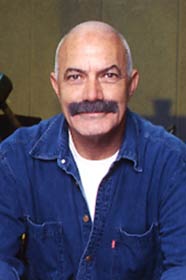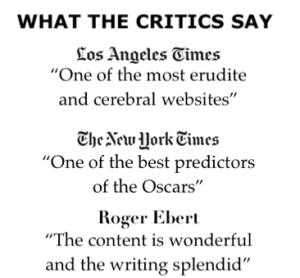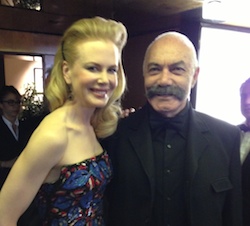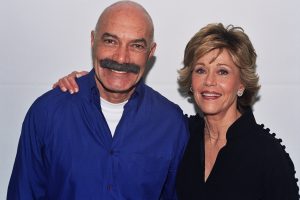While watching it, I was reminded of. Harold Pinter, who had used this structure in his play “Betrayal,” later made into a 1983 film, and of Jane Campion, who deployed a similar strategy in her 1986 TV drama, “Two Friends.”
A mildly interesting couple goes through an ill-fated love affair and marriage. The story is told in five sequences. The gimmick is that we see the sequences in reverse chronological order.
When first seen, Gilles (Stephane Freiss) and Marion (Valeria Bruni-Tedeschi) are getting divorced and are subjected to hearing the terms.
We then see their marriage dissolve through four earlier sequences. This way a sad story gets a happy ending since the ending is the beginning. Each of the five segments offers a different mood and style. Ozon makes an ironic statement by using romantic pop songs between the segments, playing their sentimental value against the harsher realities.
Frenchman Ozon is a bright filmmaker with a versatile body to his credit. In 2000, he made “Under the Sand” (for me, still his best work), a touching tale about loss with a superlative performance from Charlotte Rampling.
Hoping from genre to genre, in 2002, he made a musical, “8 Women,” with an all-star cast that included Catherine Deneuve and Isabelle Huppert. The movie was a success in France, but failed in the US. Then, in 2003, Ozon made his first English-speaking film, the psychological thriller-drama “Swimming Pool,” also with Rampling, that Focus Features released in the U.S. to moderate success.
With “5X2,” Ozon gets back to intimate character-driven melodrama that examines a marriage by starting with the divorce and going back sequentially to four earlier stages: a dinner at the couple’s home with the husband’s gay brother and his lover; the birth of their son; their wedding; and their first meeting.
Ozon lingers over the lawyer’s recitation of the divorce terms as the couple sits grim-faced, trying to absorb the details of their arrangements. They end up together in a hotel room, a scene that indicates Gilles’ selfishness and emotional detachment and Marion’s passivity. Wearing a towel as she slips under the sheets (as if he had never seen her naked), Marion asks Gilles to kiss her, but as soon as he begins making love to her, she changes her mind.
The dinner party scene, in which Ozon contrasts Gilles and Marion with a gay couple, also shows Gilles’ insensitivity. Gilles is noticeably absent during the difficult birth of his son. In this episode, it’s Marion’s parents that provide a contrasting relationship. The wedding scene is full of joy and hope, while the wedding night reflects the patterns that have been demonstrated earlier in the film and later in the story. Even the initial act of their romantic first meeting is marked with compromise.
As Marion, Valeria Bruni-Tedeschi anchors the film with a candid and complex performance. Ozon’s admiring camera examines her gestures and reactions in close-up. The attractive Stephane Freiss is appropriately caddish and brittle, though not as impressive as Valeria.
Despite the detailed incidents, it’s never clear what exactly Ozon benefits from using the reverse-time approach to his narrative. A simpler, more straightforward strategy might have yielded similar results. No matter. The goal is clear: Ozon wishes to dissect one relationship into its most minutiae details and components, to explain how did a seemingly loving couple ended up in such a messy divorce.
This being a French film, there are revelations of infidelity and secrets that are disclosed during the wedding scene. Despite the film’s predictability, I have to admit that I was left with a bittersweet taste when the movie was over and the story began–almost wishing for the couple to stay together.












